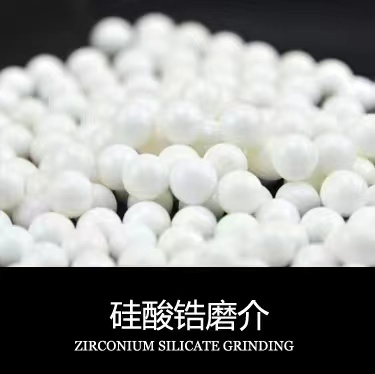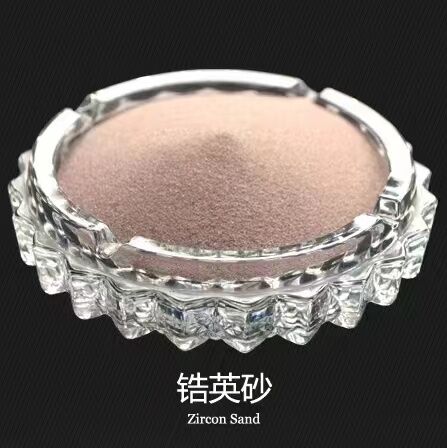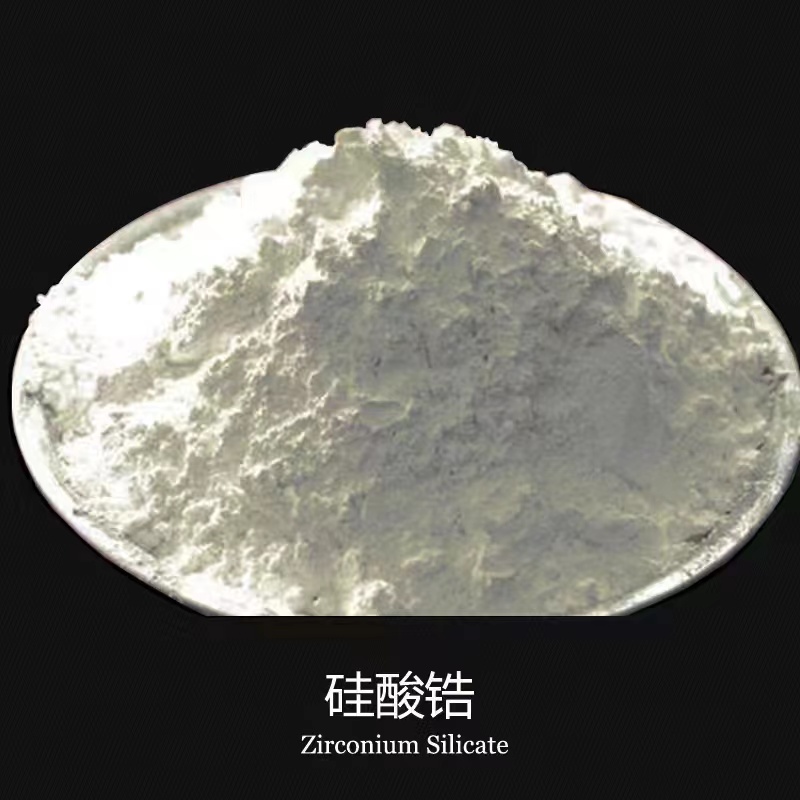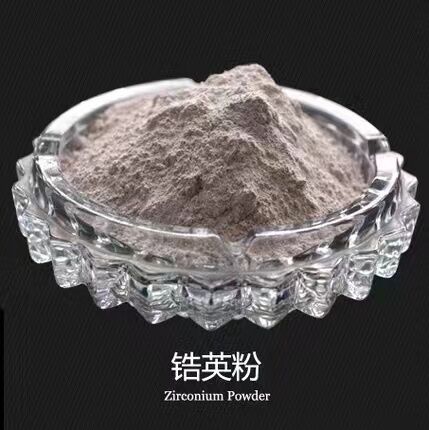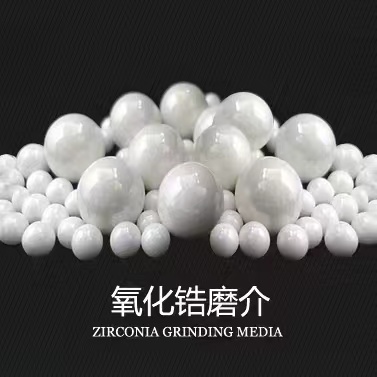
MESSAGE
name
CAS NO. 10101-52-7
EINECS 233-252-7
molecular formula
The molecular formula ZrSiO4
Zrconium silicate Zr (SiO4)
Its theoretical composition is: ZrO2: 67.1%; SiO2:32.9%。
The molecular weight is: 183.3071
quality
High refractive index 1.93-2.01, chemical stability performance, is a high-quality, inexpensive emulsion, widely used in a variety of architectural ceramics, sanitary ceramics, daily ceramics, first-class handicraft ceramics and other production, in the processing and production of ceramic glaze, a wide range of use, large amount of application. The reason why zirconium silicate is widely used in ceramic production is also because of its good chemical stability, so it is not affected by the ceramic firing atmosphere, and can significantly improve the billet glaze bonding performance of ceramics and increase the hardness of ceramic glaze. Zirconium silicate has also been further used in the production of color picture tubes in the television industry, emulsified glass and enamel glazes in the glass industry. Zirconium silicate has a high melting point: 2500 degrees Celsius, so it is also widely used in refractories, zirconium pounding materials in glass kilns, castables, and spray coatings.
When high-performance zirconium silicate has the two conditions of whitening and stabilization, the performance of zirconium silicate powder, particle morphology, particle size range, dispersion performance in the medium and emulsion segregation after brick blank or glaze application are better than conventional zirconium silicate.
The whitening effect of zirconium silicate is because it forms plagiozircon after ceramic firing, thereby scattering the incident light wave, which is generally called large particle scattering or MieScattering. Combined with theoretical calculations and the actual situation of powder production, controlling the D50 value of high-performance zirconium silicate below 1.4um and D90 below 4.0um (subject to the measured value of the Japanese laser particle analyzer) will produce the best emulsion whitening effect. In the whitening effect of zirconium silicate, the concentrated particle size range is very important, and it is required to achieve as narrow a distribution of particles as possible during the grinding process of zirconium silicate.
produce
There are many impurities in the production of zirconium silicate, which can be divided into: 1, harmful impurities Fe2O3, TiO2 and Al2O3, the general zirconium silicate production enterprises have the ability to remove iron impurities, but TiO2 and Al2O3 removal is difficult; 2, basically harmless impurities SiO2 and HfO2 (hafnium oxide), this impurity refers to the content range is basically harmless, and beyond this range is not only harmful, but also has a great impact on the ceramic glaze and green body, such as SiO2 when the glaze is easy to explode later, it is easy to meet the national inspection standards; 3. Trace alkali impurities Na2O, K2O and P2O5, these impurities because their content is very small, and belong to the oxide that helps the melting effect, even if it sometimes exceeds the standard, it will not pose a great threat to the product; 4. Radioactive impurities Ra226, Th232, K40, zirconium silicate and fluorite are raw materials with high radioactivity, followed by feldspar, sand, stone powder, etc.
Zirconium silicate production is the same as the production of ceramic enterprises "stability overrides", the stability of high-grade zirconium silicate should include the stabilization of sand sources, the stabilization of production and the stabilization of the properties of the finished powder.
The raw sand of zirconium silicate is zirconium, the raw sand of China's high-grade zirconium silicate is mainly Australian high-quality zircon sand, whether the American sand source is stable is still unclear, South African sand hardness is larger, impurity content is slightly higher, Vietnam sand and China's South China Sea sand also have high-quality sand, the stability of the sand source is still a problem. In the actual production, the raw materials are required to be homogenized, and for zirconium silicate production enterprises, as long as the high-quality zircon sand produced by large Australian placer mining companies is imported, strict testing is carried out when entering the factory, and there is basically no need to homogenize, because these raw materials have been homogenized in large mining companies.
Use attributes
From the results of the use of nanoscale zirconium silicate in the production of ceramics and functional materials, it has the following characteristics.
(1) Zirconium silicate, as a ceramic glaze additive, improves whiteness, strength, wear resistance, hydrolysis resistance and corrosion resistance with the decrease of particle size within a certain particle size range, enhances self-cleaning ability and reduces dosage.
(2) Due to the strong hydrolysis resistance of nano-scale zirconium silicate powder, it can be used as a carrier of nano-functional powder in an aqueous environment. For example, the nano-energy stone prepared by Hexiang Company uses nano-scale zirconium silicate as a carrier.
(3) Due to the strong oxidation resistance of nano-scale zirconium silicate, it can be used as a surface coating agent for functional powders. For example, the red glaze of Chinese red ceramics is made of nano-scale zirconium silicate as a coating agent, which is bright red in color and does not fade.
(4) Due to the high strength and good wear resistance of nano-scale zirconium silicate, nano-scale zirconium silicate powder is a high-quality grinding medium and engineering ceramic raw material.
Products Recommended
Please give us a message

